The princess who promoted Buddhism in early Tibet
Updated: 2015-08-28 10:36
By China Daily(China Daily USA)
|
|||||||||
Although Buddhism arrived in the region around the mid-7th century, when Princess Wencheng of the Tang Dynasty (AD 618-907) left Chang'an (present-day Xi'an, Shaanxi province) to marry Songtsan Gambo, king of the Tubo kingdom, the present-day Tibet autonomous region, about 3,000 kilometers to the west.
Seeing that Buddhism, which flourished during the Tang period, had not spread to the Tubo Kingdom, the princess promoted the building of temples and donated pagodas, scriptures and statues of the Buddha she had brought with her.
The Ramoche Temple was the first to be built, and the princess named the eight surrounding mountains after the eight auspicious symbols of Buddhism, which are still in use today, thus paving the way for the religion to spread within Tubo. Goats were mobilized to carry earth to fill in a pond for the construction of the Jokhang Temple, and the main hall contains a statue of Sakyamuni, an alternative title for the Buddha, that Wecnhang had taken to Tubo.
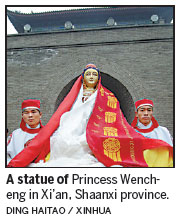
Built in the 8th century, the Samye Monastery in Dranang, Shannan prefecture, was the first Buddhist monastery in Tibet. Construction began in approximately AD 775 under the patronage of King Trisong Detsen who sought to revitalize the religion, which had been in decline since its introduction a century before.
In the centuries that followed, the religion began to take root, aided by an infusion of the Indian form of Buddhism.
Historical, geographical and political factors have crystallized Tibetan Buddism into four major schools: Nyingma, Kagyu, Sakya and Gelukpa. All comply with the fundamental teachings of the Buddha, but they vary slightly in style or interpretation as a result of different masters' interpretations of important scriptures.
Representative monasteries of the four schools include the Mindrolling Monastery, in Dranang county, Lhokha prefecture, founded in the late 10th century, which adheres to the Nyingma Shool. Kagyu is represented by the Tsurpu Monastery in Doilungdeqen county, founded in 1159. The Sakya Monastery, the seat of the Sakya School, was founded in 1073, and the Gadan Monastery, founded in 1409, in Lhatse county, 57 km east of Lhasa, is the Gelukpa Schools's oldest and most-prestigious monastery.
(China Daily USA 08/28/2015 page10)

 Bolt 'somersaults' after cameraman takes him down
Bolt 'somersaults' after cameraman takes him down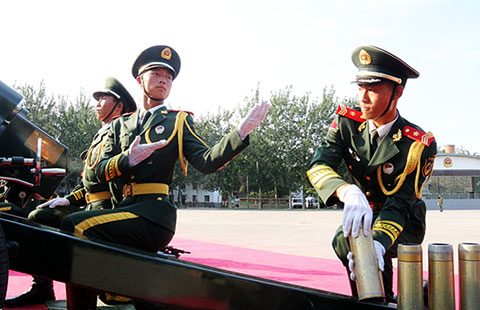
 A peek into daily drill of ceremonial artillery unit
A peek into daily drill of ceremonial artillery unit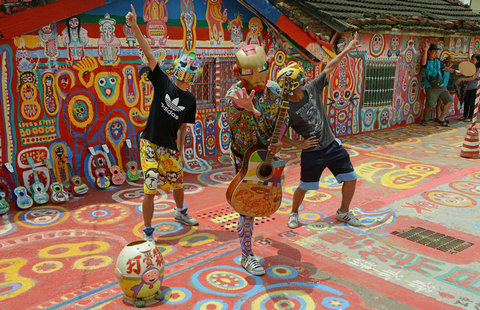
 93-year-old's murals save Taiwan's 'Rainbow Village'
93-year-old's murals save Taiwan's 'Rainbow Village'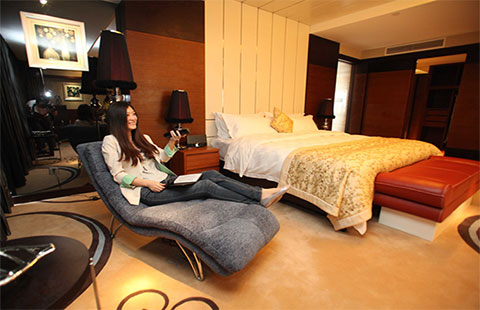
 Top 8 novel career choices in China
Top 8 novel career choices in China
 Hairdos steal the limelight at the Beijing World Championships
Hairdos steal the limelight at the Beijing World Championships
 Chorus of the PLA gears up for Sept 3 parade
Chorus of the PLA gears up for Sept 3 parade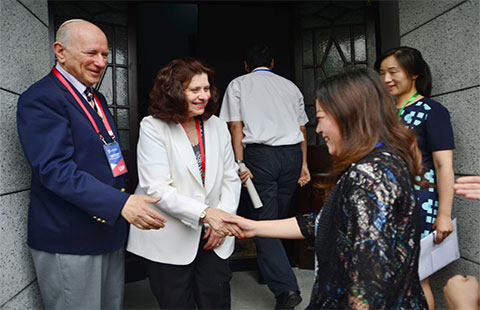
 Iconic Jewish cafe 'White Horse Coffee' reopens for business
Iconic Jewish cafe 'White Horse Coffee' reopens for business
 Beijing int'l book fair opens new page
Beijing int'l book fair opens new page
Most Viewed
Editor's Picks

|

|

|

|

|

|
Today's Top News
China eases rules for foreigners to buy property
Ministry denies troops sent to reinforce DPRK border
Stem cell donor offers ray of hope for US boy with leukemia
All creatures great and small help keep V-Day parade safe
China not the only reason global stock markets are in a tailspin
Market woes expected to delay Fed hike
Gunman had history of workplace issues
11 under probe and 12 detained over Tianjin blasts
US Weekly

|

|







